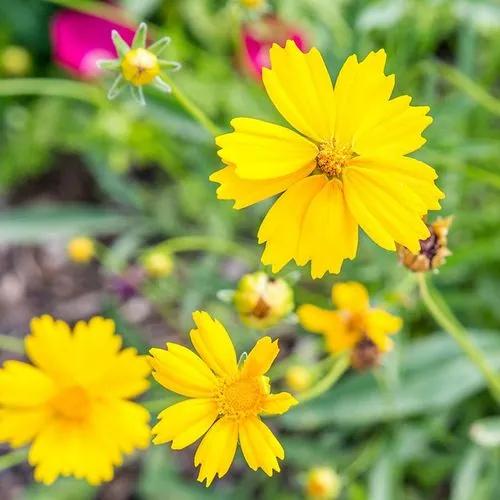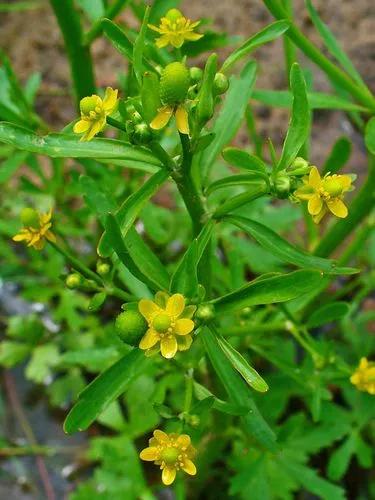General insect (especially bees) nectar plant. Shelter plant for beneficial insects including lacewings, parasitic Wasps, beetles and spiders. Pioneer Species– helps reestablish overused or damaged land. Nitrogen Fixing Plant – this plant creates its own nitrogen through a symbiotic relationship with microorganisms (bacteria) in its roots. Dynamic Accumulator Species – Potassium, Phosphorus, Nitrogen.
Hairy Tare,Hairy Vetch, Tiny Vetch Care
Vicia hirsuta



It is an annual herb producing a slender, often four-sided, hairless to lightly hairy, climbing stem up to 70 to 90 centimeters tall, and known to well exceed one meter at times. The leaves are tipped with tendrils that support the plant as it climbs, and are made up of up to 10 pairs of elongated leaflets each up to 2 centimeters in length with notched, flat, sharply pointed, or toothed tips. The inflorescence is a raceme of up to 8 flowers borne near the tip and often on one side only. Each flower is whitish or pale blue, just a few millimeters in length, and short-lived. The fruit is a legume pod up to a centimeter long by half a centimeter wide and hairy, often densely so. It is pale green to nearly black in color and contains usually two seeds.
How to get rid of: Control common vetch with a post-emergent two-, three-, and four-way broadleaf herbicide. Herbicides containing triclopyr and clopyralid, as well as fluroxypyr products are efficient herbicide controls.
How to Care for the Plant

Popularity

142 people already have this plant 26 people have added this plant to their wishlists
Discover more plants with the list below
Popular articles






